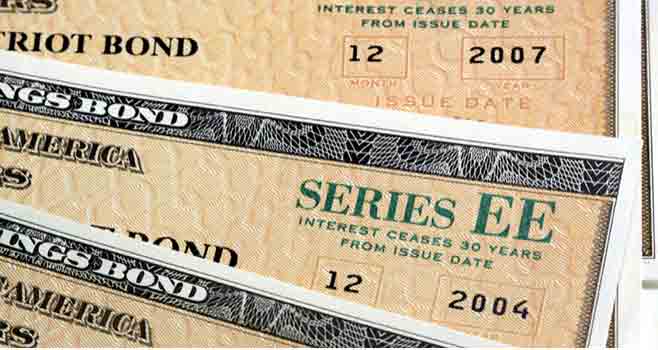
How much do you know about bonds?
“Know what you own, and know why you own it.”
Peter Lynch, American investor and mutual fund manager
It’s important for you, as an investor, to understand your investments. While most investors can easily comprehend stocks, bonds as investments are much more complex. However, there are several potential benefits of investing in them.
Bond basics
A bond is a debt security (similar to an IOU) issued by governments, municipalities, and corporations to raise funds.
When you buy a bond, you are lending money to the issuer in return for their promise to repay the principal when the bond matures (i.e., comes due after a set time), as well as periodic payment of a specified rate of interest throughout the life of the bond. Bonds earn interest each day between coupon payments. Most bonds pay interest semiannually, although some pay monthly or quarterly.
A bond’s term (or years to maturity) is typically set when it’s issued. Bond lengths include:
Short-term: matures within three years of the date of issue
Intermediate-term: matures between three and 10 years from the date of issue
Long-term: matures more than 10 years from the date of issue
Types of bonds
Primary market – standard bonds: Investors can buy standard (newly issued) bonds in the primary market for their original price (i.e., par or face value). For example, an investor could purchase 100 of an entity’s $1,000 bonds with a 4 percent stated coupon rate directly from the entity. In this case, the par value (and principal to be repaid) for each bond is $1,000, and the interest to be paid is 4 percent.
Secondary market – premium or discount bonds: Existing bonds can be purchased, traded, and sold in the “secondary market” — primarily through broker-dealers. In the secondary market, bonds usually don’t trade or sell for their original issue price; they’re typically priced higher than the original par value (premium bonds) or lower (discount bonds). The new price is known as a contract amount.
Pricing
A bond’s price on the secondary market is subject to market forces and often fluctuates above or below par. Several factors determine the value of a bond, including the:
- relative change in market interest rates
- relative supply of and demand for bonds
- coupon rate
- credit quality of the bond
- type of bond
- time remaining before the bond matures
The price an investor pays for a bond will affect its yield, which is the amount of return an investor realizes (or earns) on a bond. Yield is a function of the bond’s purchase price and coupon rate. A bond’s price always moves in the opposite direction of its yield. Thus, if interest rates rise, bond prices fall; if interest rates fall, bond prices rise.
Take the $1,000 bond with an original coupon rate of 4 percent from our previous example. If current interest rates are 5 percent, the market may set the price of the bond at $800. This lower price may entice investors to purchase the bond because they would ultimately receive a yield that would match what would be received with current interest rates.
Conversely, if interest rates are 3 percent, the market may price the bond at $1,200. Investors would be willing to pay more for a bond with a stated coupon rate that is higher than the current interest rates.
Sellers of bonds are entitled to the accrued interest that the bond has earned between the last coupon payment date and the date of sale. Thus, purchasers in the secondary market pay the contract amount plus the interest accrued to date.
From good to junk
When bonds are initially issued, they’re usually assigned a credit rating to measure potential risk by the three major rating agencies: Standard & Poor’s, Moody’s, and Fitch. These agencies consider several factors, including the strength of the issuer’s finances and management structure, so investors can sense how likely a bond is to default (i.e., fail to make its interest and/or principal payments on time).
The highest credit rating is AAA, and the lowest is C or D, depending on the rating agency. “Junk bonds,” which have a rating below BBB, carry the highest risk of default. (We recommend buying bonds with a AAA or AA credit quality.)
Why bonds?
Investors buy bonds for three reasons: capital preservation, income production, and diversification. Unlike equities, bonds repay the principal at a specified date in the future. High-investment-grade bonds, such as those rated AAA and AA, typically don’t fluctuate in value as much as stocks. Thus, they can help provide stability to a portfolio when stock values go down.
Most bonds provide investors with a regular stream of income. While many stocks pay dividends, those payments tend to be smaller than bond coupon payments and are subject to the discretion of their companies.
Bonds also bring diversification to a portfolio and tend to have low — or even negative — correlation to equities. This diversification helps reduce the risk of low and/or negative returns to a portfolio.
More complexity
There are millions of issues of bonds that include a broad range of additional features. The bond markets and pricing can be confusing to the average investor, but we would be happy to assist you with any questions you have regarding bonds that you own or are looking to include in your portfolio.
Have more questions? Give us a call at 615-782-4286 to discuss your investment strategy.
